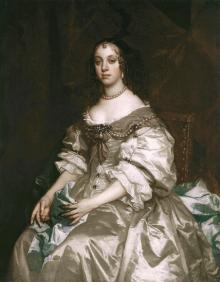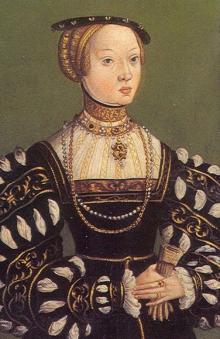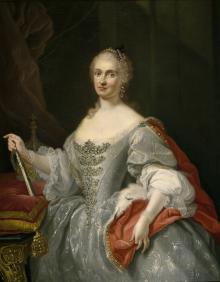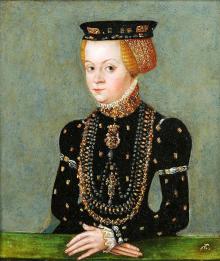You are here
Research
This section introduces the Queen Consorts who form the basis of our research for this project. The links below provides basic biographical information for each queen in question; and outlines the specific aspect(s) of her life that form the focus of our research.










